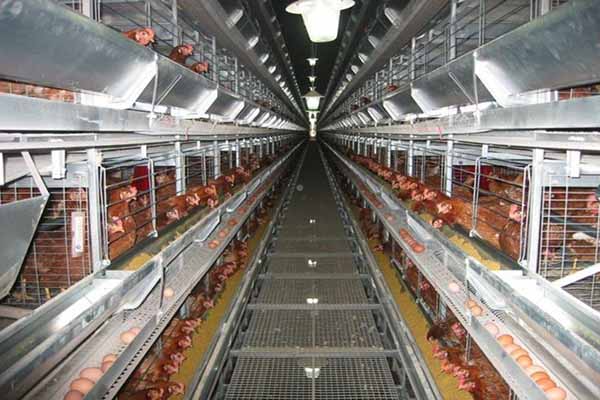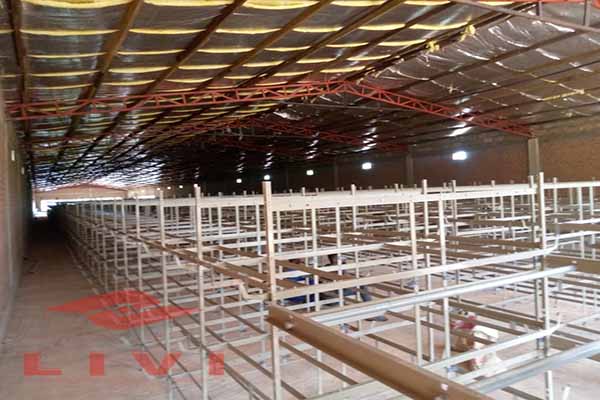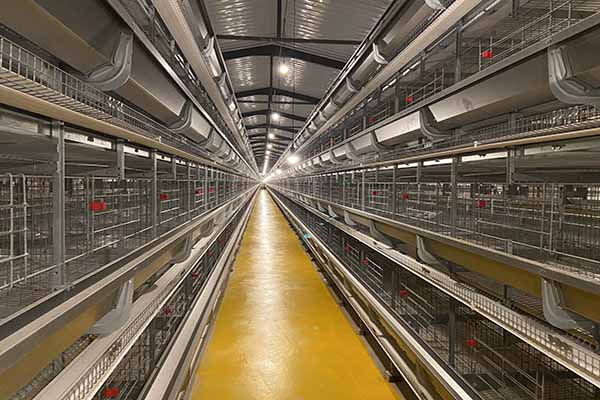Optimizing Egg Production with 3-Tier Chicken Cages: A Comprehensive Guide for Farm Owners and Investors
Efficient egg production is a cornerstone of the poultry farming industry. As farm owners and investors, choosing the right equipment is crucial for maximizing productivity and profitability. In this article, we delve into the benefits of using 3-tier chicken cages for egg production farms and how they can revolutionize your operation.
The Advantages of 3-Tier Chicken Cages
- Space Efficiency: 3-tier chicken cages maximize the use of vertical space, allowing for higher stocking densities without compromising on animal welfare.
- Cost-Effective: These cages offer a cost-effective solution for egg production, reducing the need for extensive land and infrastructure investments.
- Easy Maintenance: The design of 3-tier cages simplifies cleaning and maintenance, reducing downtime and improving overall hygiene.
- Health and Comfort: Proper ventilation and spacing within the cages ensure the health and comfort of the chickens, leading to higher egg production rates.
According to a study by the Agricultural Research Service, farms using 3-tier chicken cages reported an average of 30% higher egg production compared to traditional floor systems.

Key Features to Consider When Choosing 3-Tier Chicken Cages
| Feature | Description |
|---|---|
| Material | Ensure the cages are made from high-quality, durable materials like stainless steel or galvanized iron. |
| Size and Design | Choose a size that fits your farm’s layout and allows for easy access for feeding, watering, and egg collection. |
| Ventilation | Proper ventilation is essential for maintaining a healthy environment and reducing the risk of respiratory diseases. |
| Feeding and Watering Systems | Integrated systems that ensure easy access to food and water for the chickens. |
When selecting 3-tier chicken cages, it’s important to consider the specific needs of your farm and the type of chickens you are raising. For example, broiler chickens may require different cage sizes and spacing compared to laying hens.
Implemen ting 3-Tier Chicken Cages in Your Farm
ting 3-Tier Chicken Cages in Your Farm
Transitioning to 3-tier chicken cages requires careful planning and execution. Here are some steps to consider:
- Assess your farm’s current setup and determine the number of cages needed.
- Select the appropriate 3-tier chicken cages based on your farm’s requirements.
- Designate a clear layout for the cages, ensuring easy access for all farming activities.
- Install the cages according to manufacturer instructions, ensuring proper ventilation and safety measures.
- T
 rain your staff on the proper use and maintenance of the new system.
rain your staff on the proper use and maintenance of the new system.
Implementing 3-tier chicken cages can lead to significant improvements in your farm’s productivity and profitability. With the right equipment and management practices, you can achieve higher egg yields and maintain a healthy flock.
Are you ready to take your egg production to the next level? Contact us today for a free, customized chicken farming design and equipment quote from LIVI Machinery. Our experts are here to help you make informed decisions for your farm.




